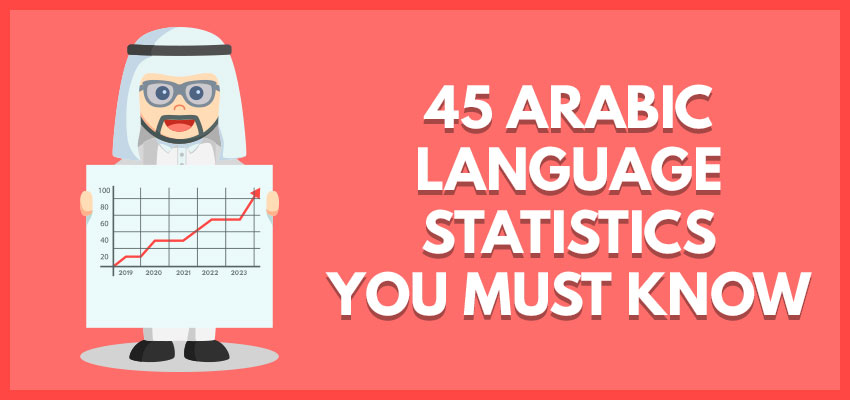

The Arabic language is spoken throughout the world: from Western Africa throughout central Asia, this language is one of the oldest living languages. Today, it is becoming an increasingly global language that is playing a major role in international business, education, healthcare, and numerous other sectors.
Arabic is known to be a difficult language due to the complexity of its alphabet and grammatical structure, however, it has become a top-choice language for language students and more and more educational institutions in the US are beginning to offer Arabic in addition to traditional foreign language options like French, Spanish, and German.
Currently, Arabic speakers are in high demand due to the role that Arabic plays in international politics and diplomacy. Speaking Arabic can be a major bonus in a variety of different employment settings, whether you are a native speaker or a foreign learner. Recent and upcoming major international events in the Arab world such as the 2022 World Cup in Qatar and the 2030 World Expo in Saudi Arabia are also putting Arabic on the map as a leading global language.
IstiZada has compiled this easy-to-read categorized guide of must-know Arabic facts. Ranging from the history and origins of the language to Arabic demographics in the West, all you need to know about Arabic (plus some more fun facts!) are in one place.
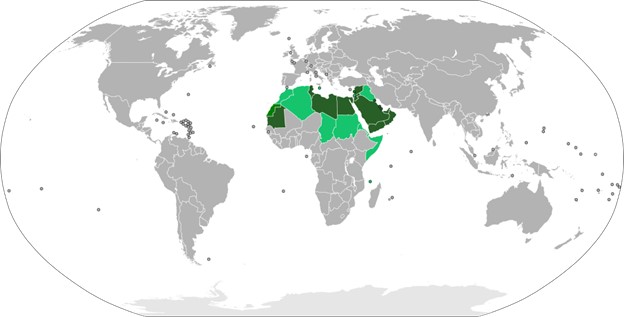
Basic Facts and Demographics
- The Arabic language is spoken by approximately 400 million people all around the world. [Middle East Eye]
- There are three main forms of the Arabic language: Quranic Arabic, Modern Standard Arabic (MSA), and Dialectal Arabic. [Middlebury College]
- Arabic is technically classified as a “Macrolanguage” due to the fact that it comprises a number of different dialects and linguistic varieties. [Ethnologue]
- There are approximately 25 different Arabic dialects spoken around the world today. [Middlebury College]
- Arabic is the official language (or one of the official languages) of 22 countries, most of which are in the Middle East and North Africa. [BayanTech]
- Arabic – in any form of its dialects – is the sixth most spoken language in the world. [Middlebury]
- In the US alone, there currently are about 4 million Arabic speakers. [Pew Research Center].
- Arabic is one of six official United Nations Languages since 1973. [Arab America]
- Worldwide, the highest concentration of Arabic speakers are in Egypt: the north African country is home to over 82 million native Arabic speakers. [World Population Review]
- The difference between Arabic regional dialects is comparable to the difference between Romance languages like Italian, Spanish, and French. Sometimes, Arabic dialects are barely mutually intelligible with one another. [Middlebury]
- Arabic speakers tend to exhibit diglossia: meaning they may speak a dialect in some contexts (like at home) and MSA in other contexts (like at school or at work). [Qassim University]
History

- The Arabic language emerged in the Northern Arabian Peninsula (modern day Saudi Arabia), with the earliest examples of proto-Arabic dating as far back as the 8th Century BC. [Unesco]
- Arabic is a member of the Semitic language family, meaning it is along with Hebrew and Aramaic. [Middle East Eye]
- The Arabic language became diffuse throughout the Middle East throughout the 3rd-6th centuries AD thanks to trade along the Silk Road. [Unesco]
- The first Arabic dictionary – known as Kitab al ‘Ayn – was written in the 8th century AD by al Khalil ibn Ahmad, an Arab linguist based in modern day Iraq. [Britannica]
Religion

- The Arabic language is the liturgical language of Islam, which is the second largest religion in the world with 6 billion Muslims. [Middle East Eye]
- Because the Quran is written in Arabic, Arabic has become a second language for Muslims all around the world who don’t originate from Muslim countries. Outside the Middle East, there are significant Muslim populations throughout South and Southeast Asia, Africa, and Central Asia. [ASU]
- The Islamic Conquests that began in the 7th century AD helped spread the influence of Arabic throughout the Middle East, North Africa, the Iberian Peninsula, and even as far east as China. [UC Davis]
Linguistics

- Arabic technically has an Abjad and not an alphabet. An Abjad is a writing system in which all of the letters are consonants rather than consonants and vowels. [Bayt al Fann]
- The Arabic alphabet contains 28 letters and it is written right-to-left, contrary to English and other Latin alphabet languages. [Northwestern]
- Vowel sounds in Arabic are sometimes marked in special texts by diacritics but are usually not written out in most regular written Arabic. There are short and long vowel sounds in Arabic. [Northwestern]
- Arabic is always written as cursive meaning that each letter connects to the next within a word. [Northwestern]
- There are no uppercase or lowercase letters in Arabic. [The Guardian]
- Arabic is read as it is written. Unlike some languages like French or English, every letter in Arabic is pronounced regularly. [Ahlan World]
- Every Arabic letter has at least three different forms depending on its location within the word: it has an initial form, medial form, and final form. Some also have a different, standalone form. [Northwestern]
- Arabic is based on a complex linguistic root system: every single word is based on a three-letter root (rarely, a four-letter root). [British Council]
- There are many Arabic letters that are difficult for foreign speakers to pronounce as they are unique to Arabic. An example of this is the consonant ‘Aain’ which is a sound that originates at the base of the throat. [Northwestern]
- Arabic has a massive vocabulary and there is not a general consensus about the total number of words in Arabic, with estimates ranging from between 100,000 to 500 million words. [Medium]
- Although Arabic is written left-to-right, Arabic numbers are written from right-to-left. [Britannica]
- Arabic letters can all be traced back to geometric shapes, mostly triangles. [Al Dirassa]
- For informal purposes, many Arabic speakers use Arabizi, which is a transliteration of Arabic characters into Latin characters with the use of numbers to represent characters that don’t have a Latin counterpart: for example, the Arabic letter Qaf is represented by the digit 9, which resembles its Arabic form. [Rosetta Stone]
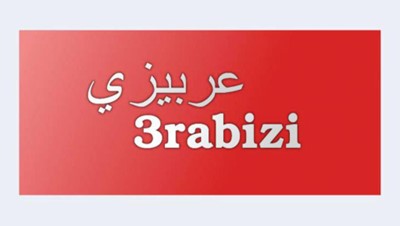
Arabic’s Language Influence
- There are over 10,000 words in the English language that originated from Arabic, for example: Sugar from the Arabic Sukkar, Lemon from Leymoun, Jasmine from Yasmeen, Cotton from Qoton, and Coffee from [Arab Academy]
- Many other languages take loanwords from Arabic, such as French, Italian, Spanish, Persian, Tagalog, Turkish, Urdu, and Punjabi among others. [Al Arabiya News]
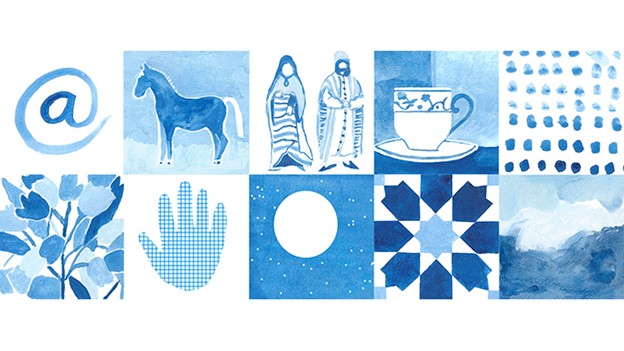
- Maltese – which is spoken by people in Malta – is actually considered to be a branch of Arabic as it derived from Sicilian and Arabic influence. Maltese, however, is written in Latin characters as opposed to other Arabic dialects. [Britannica]
- There are also many borrowed words in Arabic that originate from other languages such as Latin, Greek, Persian, Syriac, Turkish. For example, the Arabic word for tea, ‘Shay’ actually originates from the Persian word ‘Chāy’. [University of Kentucky]
- Apart from Arabic, there are ten other languages that use the Arabic alphabet such as Persian, Urdu, Kurdish, among others. [Ahlan World]
Arabic in a Global Perspective

- Brazil is home to a large number of Arabs and Arabic speakers due to Lebanese immigration to the country in the late 19th century: this led to the term “Brazilebanese” to describe people with Arab/Brazilian origins. [Georgetown University Center for Contemporary Arab Studies]
- In the United States, Arabic-speaking English learners represent the second largest category of English as a Second Language (ESL) students in K-12 schools. [Arab America]
- The United States has officially designated Arabic to be a critical language for national security, and offers full scholarships for students seeking to learn Arabic. [Critical Language Scholarship Program]
- There are large Arabic-speaking populations all throughout Europe, notably in Belgium where 4% of the total population are native Arabic speakers. [The Guardian]
Modern Culture
- Egyptian Author Naguib Mahfouz was awarded the Nobel Prize for Literature in 1988, becoming the first Arab author to win the award. [The Nobel Prize]
- World Arabic Day is celebrated annually on December 18th. [Unesco]
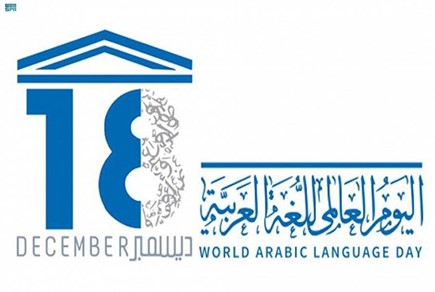
- Arabic calligraphy is widely considered to be a form of art thanks to its intricacy and detail. [The Met]

- The oldest form of Arabic literature is considered to be Arabic poetry, which dates back to the pre-Islamic era. [Britannica]
- The U.S. State Department’s Foreign Institute estimates it would take approximately 88 weeks or 2,200 class hours to fully learn Arabic from a beginner level. [Day Translations]
For a full list of sources, click here.
